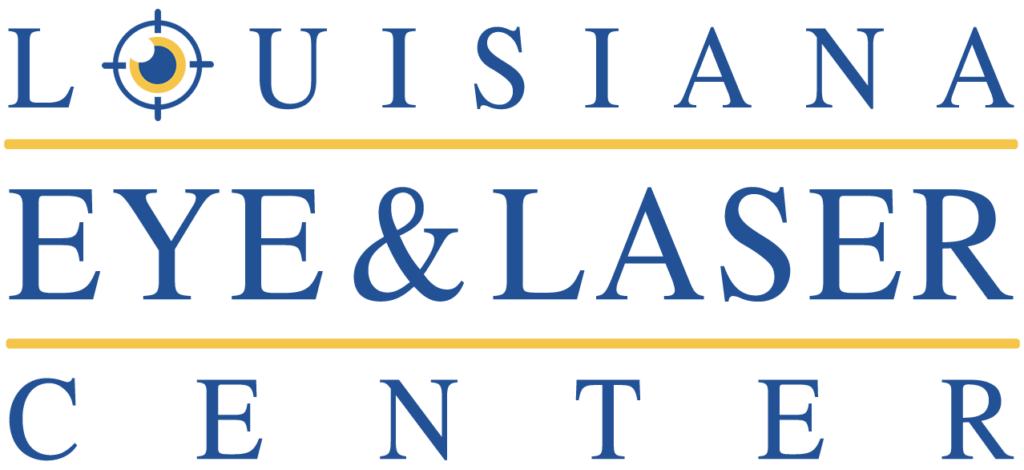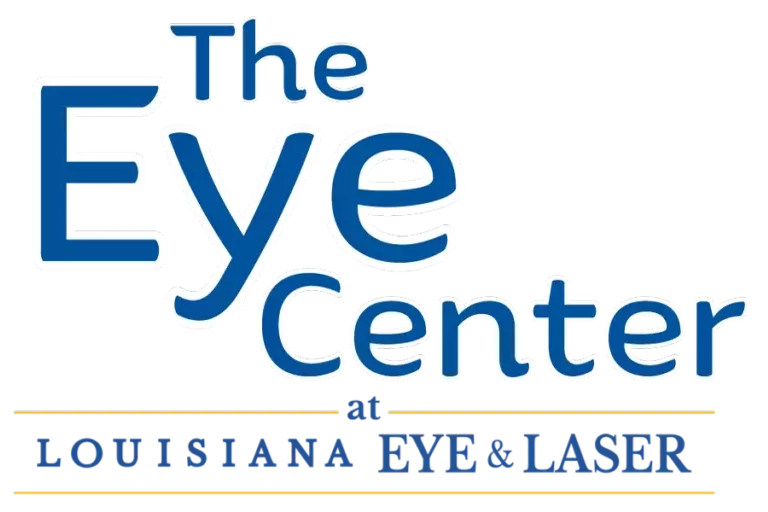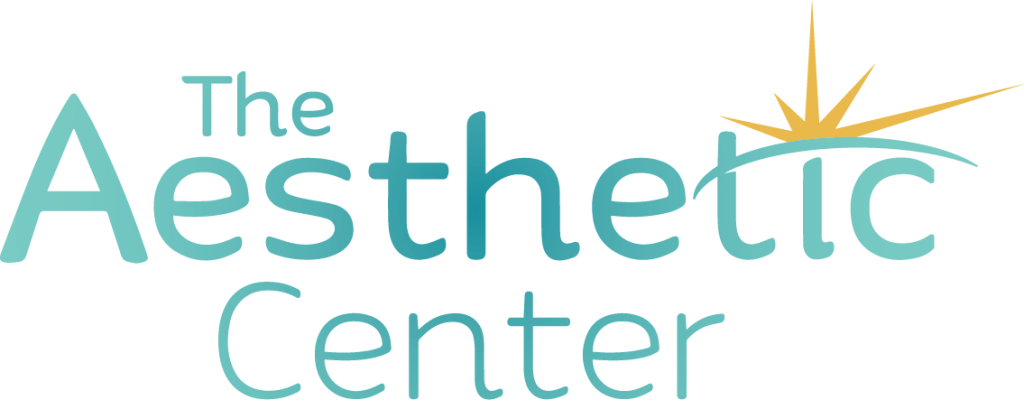The eye surgeons at Louisiana Eye & Laser Center perform different types of cataract surgery and will recommend the best procedure based on your lifestyle needs.
Laser Cataract Surgery
Laser cataract surgery, or laser assisted cataract surgery, utilizes technology similar to that used in LASIK. Using special imaging techniques, a 3D image of your eye is created. This gives your Louisiana Eye & Laser Center doctor a surgical plan for the most precise and accurate surgery. Using this information, a laser is used to make precise incisions in the cornea, as well as break up the cloudy lens. This allows for an easier and gentler cataract removal. As with traditional cataract surgery, a special liquid and self-sealer is used around the incision, reducing or eliminating the need for stitches.
Most patients who undergo laser cataract surgery elect to have a premium lens implant instead of a traditional intraocular lens implant. This typically gives patients freedom from glasses and contacts for most activities.
Laser cataract surgery and premium intraocular lens implants are typically not covered by insurance. Additional out-of-pocket expenses may be incurred. Our surgical coordinators will be able to review the costs and answer any questions about the added fees.
No Stitch Cataract Surgery
One of the latest advancements in cataract surgery doesn’t require any stitches or needles. This is known as “No Stitch” cataract surgery. The physicians at Louisiana Eye & Laser Center perform this type of minimally invasive cataract surgery for eligible patients. During the procedure, your Louisiana Eye & Laser Center eye surgeon makes a tiny, precise incision on the cornea to break up the cloudy lens. The lens is then gently be washed away and the new lens is implanted. This type of procedure doesn’t require the need for IV sedation, stitches, or an eye patch after surgery. Therefore, patients are able to resume most normal activities immediately after surgery. Astigmatism correction may also be accomplished at the time of cataract removal.
Refractive Laser Assisted Cataract Surgery and Premium Lens Options (ReLACS)
Refractive Laser Assisted Cataract Surgery (ReLACS) is the world’s first cataract surgery to utilize the laser precision found in LASIK. This breakthrough in technology can make the procedure more precise, more predictable, and better than ever before. Louisiana Eye & Laser Center is one the of the very first centers in the region to offer this new technology.
Traditional cataract surgery relies on manual techniques to access, remove, and replace the cataract. ReLACS uses a computer-guided laser, delivering better precision and accuracy, giving patients potentially better visual outcomes and shorter recovery times.
Traditional Cataract Surgery
During traditional cataract surgery, your Louisiana Eye & Laser Center eye surgeon uses a scalpel blade to create a small incision in the side of the cornea. A special instrument is threaded through the incision to the lens, behind the eye’s pupil, to create a circular opening in the lens capsule. A special pear-shaped probe is then inserted through the opening that is used to break up the cloudy lens. The cloudy lens is removed by suction and an artificial intraocular lens (IOL) is implanted, replacing the cloudy lens. Advancements in traditional cataract surgery now allows eye surgeons to use a special liquid and self-sealer around the incision that reduces or eliminates the need for stitches.
Most patients are able to resume normal activities within the first three to four days following surgery. Recovery times vary by patient and it may take up to three weeks to fully recover from cataract surgery.
Medicare and most insurance plans typically cover the cost for traditional cataract surgery. Following surgery, patients will most likely need to wear glasses or contacts for good distance, near and immediate vision. If you are interested reducing or eliminating your dependency on glasses following cataract surgery, a premium lens implant may be right for you.
If you are considering cataract surgery, call Louisiana Eye & Laser Center at 318-228-1467 today or request an appointment.
PREPARING FOR YOUR CATARACT SURGERY
To help you have a smooth cataract surgery and experience a faster and more comfortable recovery, please review these instructions. The surgery center will call you the day before your surgery to confirm your arrival time prior to the actual surgery.
If you have any questions about your cataract procedure, please call our Surgery Coordinator at 318-487-2020.
Pre-Surgery Instructions
- Starting three days before your surgery, put one (1) drop of Vigamox in the eye to be operated on four times a day. Wait ten minutes, and then put one (1) drop of Prolensa in the eye to be operated on in the morning only.
- Coordinate with a spouse, family member, or friend to drive you to and from your surgery. You will not be able to drive following surgery.
Surgery Day
- Do NOT eat or drink after midnight prior to your surgery.
- Do NOT take any diabetes medication on the morning of your surgery.
- Take your high blood pressure and/or heart medication(s) with a small amount of water.
- Bring your insurance cards to the surgery hospital.
- Dress comfortably. Refrain from wearing clothes with belts or buckles. You will be asked to change out of your clothes and into a hospital gown.
- Do NOT wear boots, jewelry, pantyhose, or perfume/cologne.
- Do NOT wear makeup or use facial creams on the day of surgery.
Please be aware that following your surgery, medication has been placed in your eye which will reverse the surgical dilation. This will make your pupil very small for one to two days. In a dark room, the pupil will not dilate, which may cause you to feel as though your vision is much darker in the newly operated eye than in your other eye. This is normal, and you should not be concerned. As soon as this medication wears off, your pupil will return to its normal size and shape, and your vision will appear brighter. If you begin to experience any pain following surgery, please call our office at 318-487-2020 or 1-877-861-7770.
Post-Surgery Instructions
- Continue using the following drops in your surgery eye: Use (1) drop of Vigamox and Prednisolone four (4) times a day until empty. Wait ten minutes, then use (1) drop of Prolensa each morning until empty.
- Do NOT rub or apply pressure to the operated eye.
- Do NOT apply makeup on or around the operated eye for one (1) week.
- Avoid lifting any item more than forty (40) pounds for one (1) week.
- Avoid straining or other strenuous activity for two (2) weeks.
- Do NOT swim with your head under water for two (2) weeks.
- Stay out of dusty environments for two (2) weeks.
Tips for After Surgery
- You should continue your eye drop as listed above until you have used ALL of the drops.
- You may use your eyes as usual in everyday activities, such as reading, watching television, or walking outdoors.
- You may resume non-strenuous household activities.
- You may wear sunglasses or protective dark glasses in bright light.
- You should wear your metal eye shield at night or when napping for one (1) week.
- You may use artificial tears for comfort as needed.





